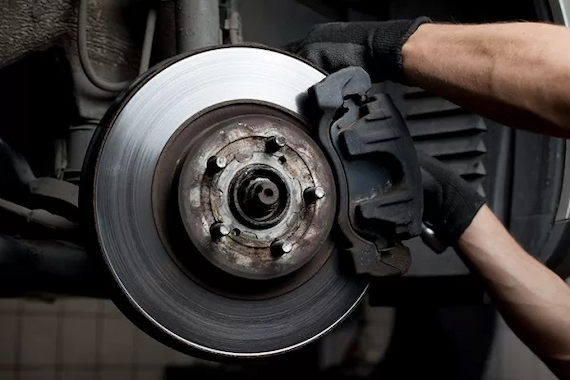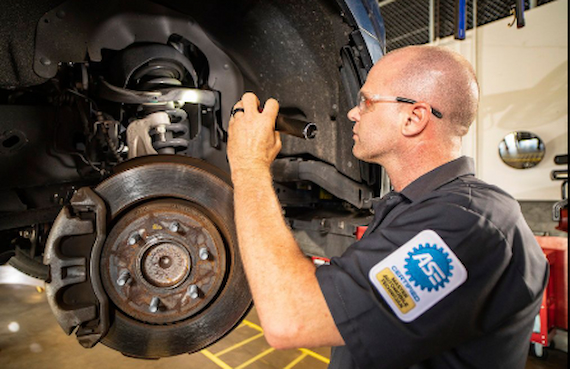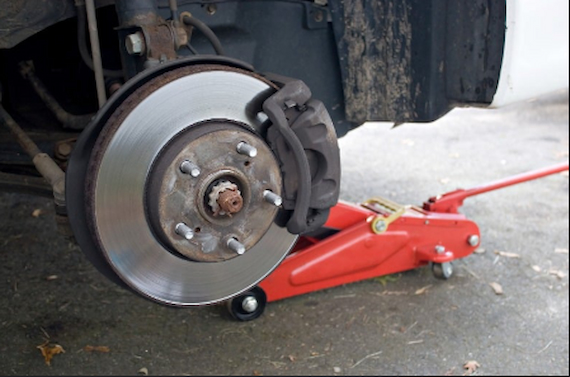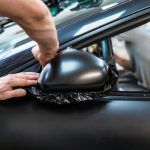Automotive braking systems are more advanced today than they’ve ever been, and for that reason alone going for a new car is far safer than going with an older model. Found behind the wheels, brakes are the unsung heroes of modern vehicles. When you push the pedal, a carefully designed system transforms your foot’s pressure into the stopping power you need to slow down and stop safely.
Most cars today use hydraulic forces to push friction materials against a spinning disc or drum. This process turns kinetic energy into heat, which is what helps slow down/stop your vehicle. Reliable auto brakes are key to staying safe on the road, especially in adverse weather and road conditions. Understanding how car brakes work and the parts involved in their operation can help you make them not only last longer but also operate more efficiently as you use them wisely.
Parts of a Modern Braking System

Disc
The disc, also known as the rotor, is a flat metal circular plate attached to the wheel. When you press the brake pedal, the disc spins with the wheel and gets squeezed by pads, which slow it down. All front auto brakes rely on a disc, and most vehicles nowadays have them on the rear wheels.
Pads
Talking about brake pads, these small blocks made of friction material press against the disc from both sides when you brake, which creates friction. Worn-out pads can reduce stopping power, and they can even cause damage to other components.
Master Cylinder
The master cylinder is the component that starts the braking process. When you press the pedal, it pushes hydraulic fluid through the lines, thanks to the master cylinder, which then generates the necessary pressure that engages the rest of the components of the braking system.
Brake Booster
A brake booster is a part that uses vacuum pressure to ensure it’s rather easy to press the brake pedal. Without it, applying the brakes would take a lot more effort, just like it does in F1.
Lines
Brake lines are metal tubes that carry hydraulic fluid from the master cylinder to each calliper on the rotors. Leaks or damage in the brake lines can cause the brakes to fail slowly.
Callipers
The calliper is what holds the pads in place and helps apply the force coming through the lines from you pressing the pedal, which is what forces the pads against the disc. Since there is movement within the callipers every time you use the brakes, if the pads stick you might want to remove the callipers, as there could be uneven pad wear.
Pistons
Inside each calliper are pistons that are made to push the pads toward the disc. These are driven by the same hydraulic fluid coming from the master cylinder. Faulty pistons can also lead to weak or stuck auto car brakes.
ABS Control Module
The ABS or anti-locking brake system control module helps regulate the amount of braking when you start braking harshly. When the system senses even what appears to be similar to a skid, it starts pulsing the brakes to prevent the wheels from locking up and your car from sliding uncontrollably.
Wheel Speed Sensor
Wheel speed sensors help monitor how fast each wheel spins. They send this info to the ABS control module to prevent lock-up on slippery surfaces, and it’s what’s used by the speedometer to tell you how fast you’re going, as well as how many miles your vehicle has been driven, be it total miles or from a single trip.
How to Prolong the Lifespan of Your Brakes

Anticipate
Instead of braking hard at the very last second, anticipate traffic so that you start braking on time. Watch the road as well as the flow of traffic, and let off the gas early when you see a stop sign or congestion ahead. This gives your automotive brakes more time to work gently as you don’t strain them as much, especially when paired with engine braking.
Engine Braking
You can use engine braking to slow down by easing off the accelerator and downshifting. The engine slows the car naturally, which means less friction and wear on the brakes. But only use it when you can slow down and stop gently, otherwise it can be unsafe.
Distance
Keep a safe following distance since the more space you leave, the less likely you’ll need to make sudden stops. Not only do your car brakes last longer, but you also reduce the risk of rear-end collisions this way.
Conclusion
Your braking system is one of the most important safety-related system features in your vehicle. Understanding the parts that make up modern brakes and knowing how to use them wisely helps you brake smarter, not harder. With simple habits like gentle deceleration, using engine braking and maintaining safe distances, you can extend the life of your brakes and have a smoother driving experience.


